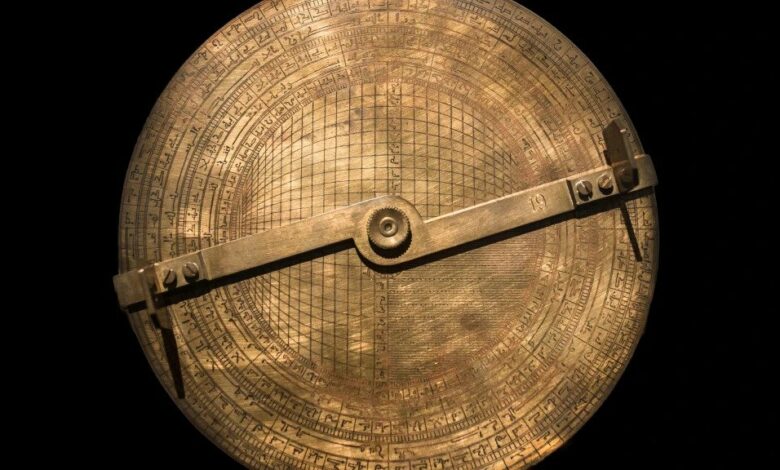Futuristic Inventions During the Golden Age of Islam

Centuries before the birth of Leonardo Da Vinci, three brothers from Baghdad- Muhamad, Ahmad, and al-Hasan bin Musa ibn Shakir, who were called the Banu Musa or the “Sons of Moses,” after their father, gathered their designs for more than 100 ahead-of-their-time inventions into a manuscript titled the Book of Ingenious Devices. Also known as the Kitáb al-Hiyal, it contains blueprints for rudimentary gas masks and mechanical digging machines — devices that would not become commonplace for another thousand years.
It was the dawn of the Islamic Golden Age, an age which they helped bring about. Each brother specialized in a different area of study: Muhamad in astronomy, Ahmad in engineering, and al-Hasan in geometry. The brothers set to work on their Book of Ingenious Devices at the orders of Abu al-Abbas Abdallah ibn Harun al-Rashid, a caliph, which they completed around 850 AD. The 1,200-year-old book contains designs for futuristic inventions like gas masks, water fountains, and digging machines.
But while their inventions were not always 100% original, they were most certainly impressive. The Banu Musa gave a fresh spin to old ideas, and — in contrast to the Greeks — their blueprints tended to be instructive rather than theoretical. While some devices, like the flask or the fountain, do not serve a practical purpose, others – namely the gas mask clearly do. Furthermore, while the primary aim of the Banu Musa’s water-related devices was to entertain, the mechanics that made them entertaining would inspire more meaningful developments in science, technology, and even politics.




